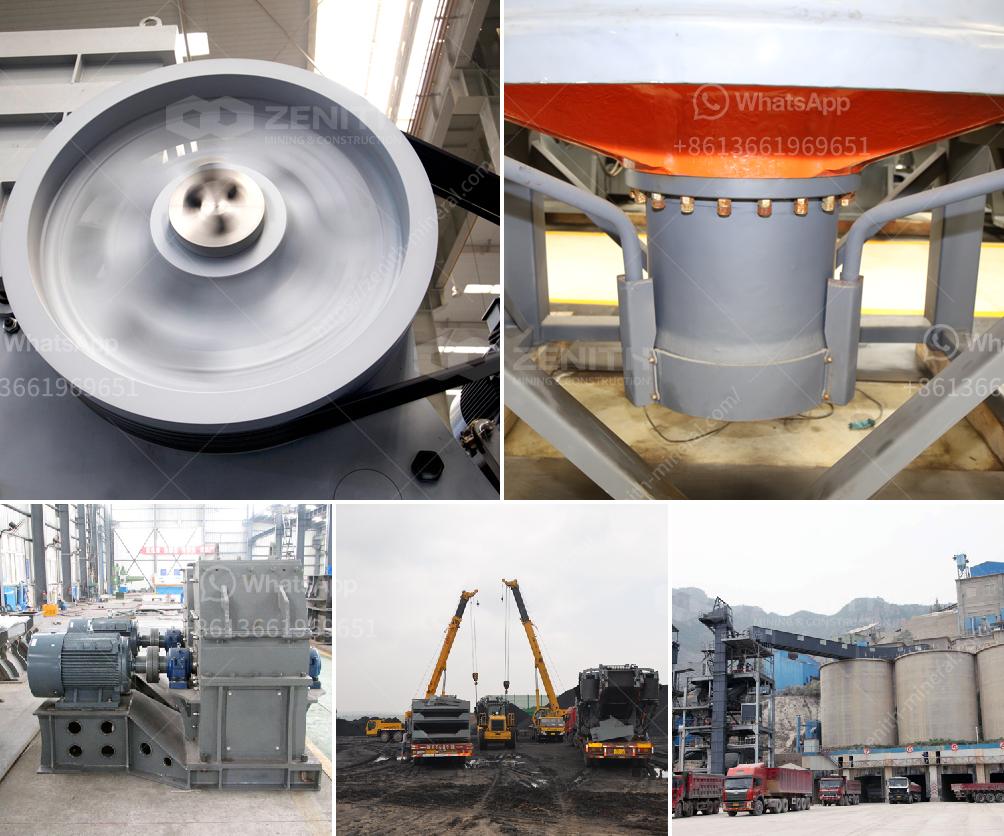A stone crushing plant works through several key stages, which involve the processing of raw materials into smaller, usable pieces. Here's an overview:
-
Feeding:
- Large stones are evenly fed into the primary crusher using a vibrating feeder. The feeder ensures a smooth and continuous flow of materials.
-
Primary Crushing:
- The initial crushing typically takes place in a jaw crusher, where large stones are reduced in size by compression as they are forced against a fixed plate by a moving plate.
-
Secondary Crushing:
- The output from the primary crusher is conveyed to secondary crushers (e.g., cone crushers or impact crushers). These crushers further reduce the size of the material to meet specific requirements.
-
Screening:
- After secondary crushing, the material is screened using vibrating screens to separate different sizes. Oversized materials may be re-circulated back to the crushers for further reduction.
-
Tertiary Crushing:
- Sometimes, a tertiary crushing stage is included to achieve finer particles or to produce sand-like materials. Tertiary crushers could be cone crushers or vertical shaft impactors.
-
Washing:
- Depending on the application, some plants include washing equipment to remove impurities or dust from the crushed material.
-
Output and Storage:
- Once the desired size is achieved, the material is conveyed to storage areas or directly loaded onto transportation vehicles. Stockpiles are maintained for easier loading and shipping.
-
Control System:
- Many modern stone crushing plants operate under automated control systems that monitor and adjust various parameters to optimize the crushing process and ensure safety.
Safety protocols, routine maintenance, and environmental considerations are integral parts of operating a stone crushing plant efficiently.

